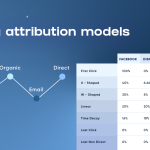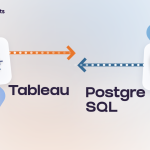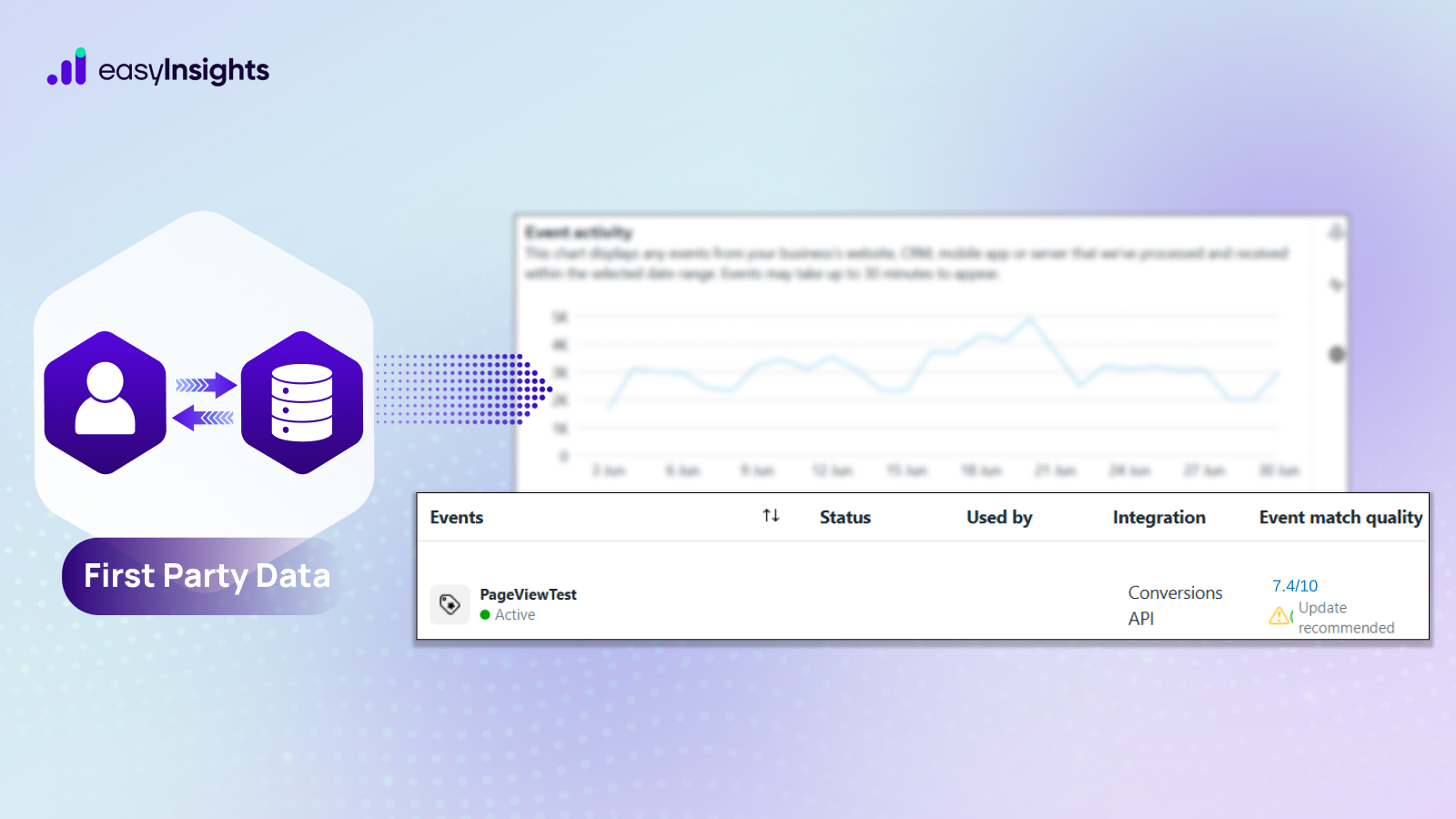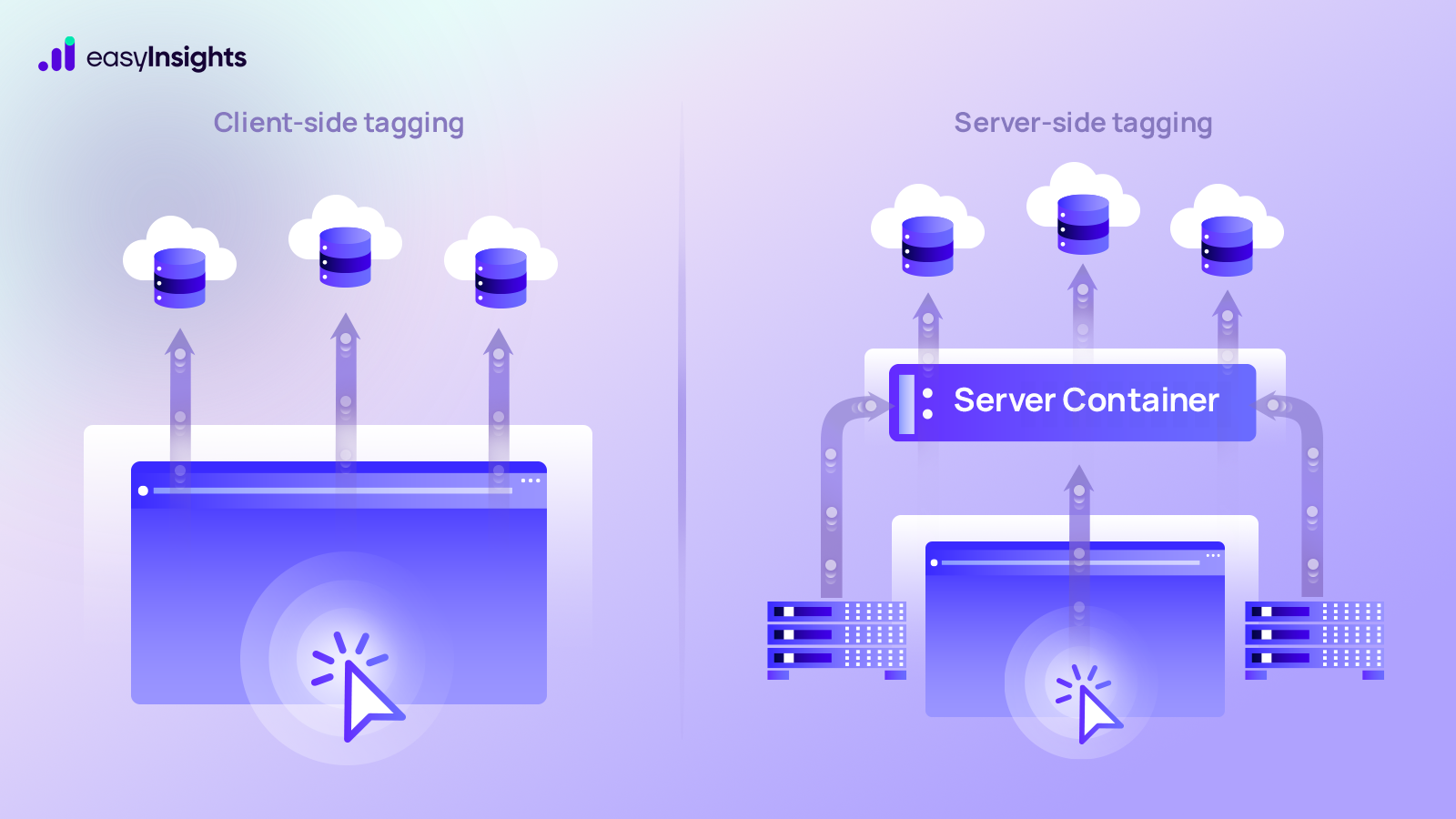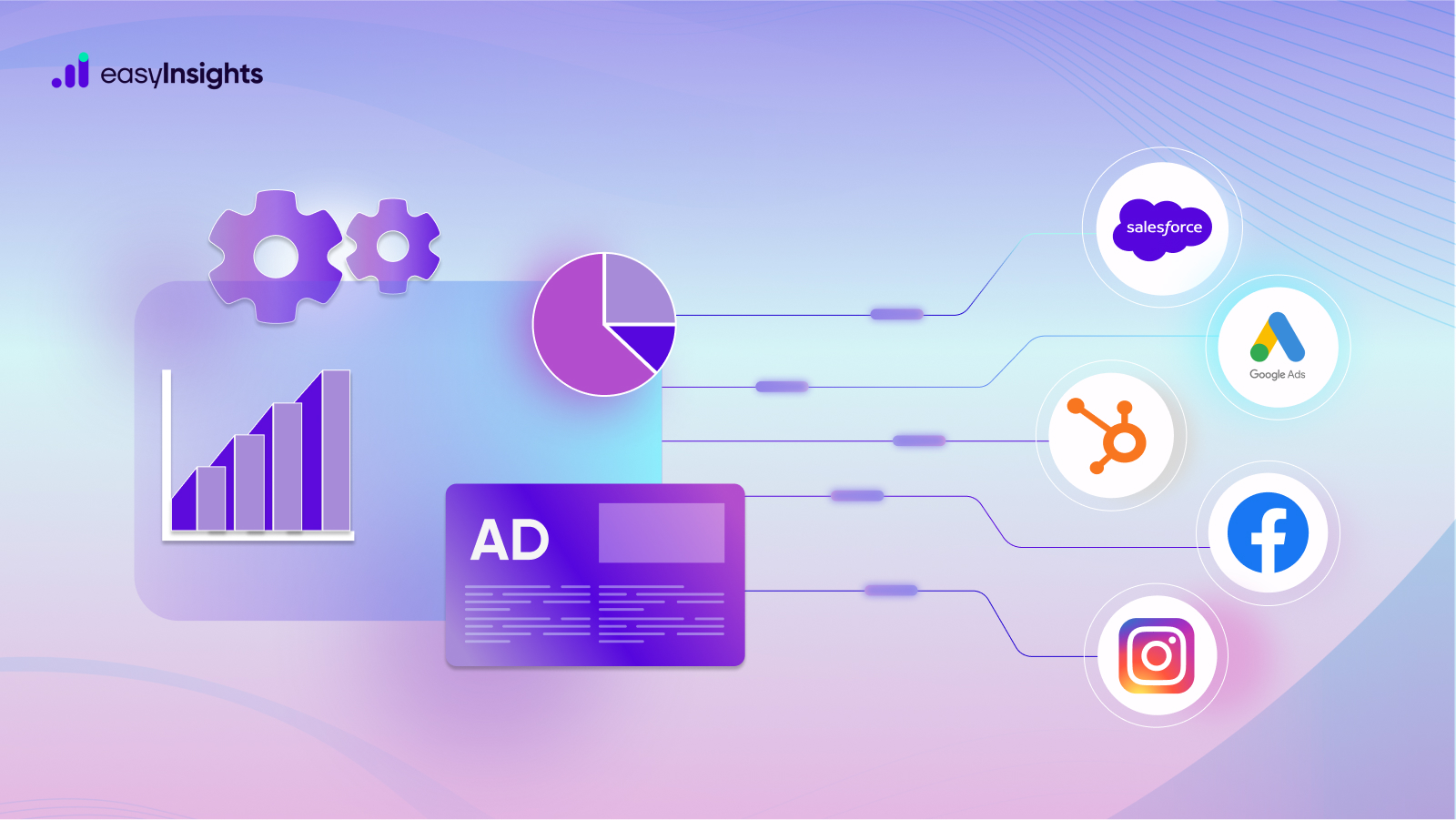
The marketing environment is changing as brands struggle to understand the phasing out of third-party cookies. Third-party data and cookies may soon be a thing of the past due to the growing emphasis on privacy and data legislation. We, marketers, are concerned about how to manage our retargeting campaigns and other cookie-reliant marketing initiatives.
How is it possible to only use first-party data? As we enter the period of acceptance, we can now begin to consider this transition toward first-party data as a chance to grow trust with our customers while still producing highly focused and effective marketing campaigns. This article will discuss how you can establish first-party data strategies in your marketing initiatives.
But let us begin with understanding the basics.
Jump ahead to:
What is first-party data?
First-party data is a word that describes the information that you collect directly from your clients. This information is gathered through your own channels, such as your website, app, or emails rather than through a third party.
First-party data is the information your business gathers from contacts with prospects and clients. It’s information that any outside sources haven’t disclosed. It’s crucial to keep in mind that first-party data may still contain cookies. These are cookies that your own website analytics software deposits and their purpose is to enhance user experience. For instance, saving your login information, so you don’t have to enter it each time, your language preferences, the things you put in your shopping cart, and so on. Only the website you’re visiting can create first-party cookies.
Using first-party data for key marketing functions achieved up to a 2.9X revenue uplift and a 1.5X increase in cost savings. Despite its clear benefits, however, most brands aren’t yet harnessing first-party data’s full potential.
What is ‘zero-party data’?
While developing your first-party data strategy, you may come across the phrase zero-party data. This is often very confusing. Does it actually exist? Some claim that the information your clients voluntarily give you once they sign up for your services is zero-party data. Consequently, you gather first-party data, for instance, when clients provide you with their email addresses in order to subscribe to your newsletter. That information is zero-party data if you later ask them for more details (such as which product categories they are interested in or if they want to get fashion advice tailored to men or women).
We won’t distinguish between the two scenarios in this article because they both concern data that you are directly gathering from your client. We consider both types to be first-party data because clients are willing to share this kind of data.
What are some first-party data sources?
Numerous first-party data sources can be integrated into your marketing and advertising automation. First-party data includes the following:
- Information stored in your customer relationship management (CRM) system
- Information obtained from your website or app.
- Social media channel analytics
- Product-level purchase data
- Data from your email subscriptions
- Customer survey results
- Customer feedback data
- Data from your loyalty program
What is the difference between first-, second-, and third-party data?
First-party data is data you collected yourself from your customers via your own channels like your website. It is generated from sources you own. For example, the purchase history of a customer.
Second-party data is first-party information that a different business, typically a dependable partner, shares with you. Both these businesses exchange their first-party data with each other, so it becomes second-party data. For example, a hotel booking website has partnered with an air travel website, and they exchange first-party data that can be used in their marketing initiatives.
Third-party data consists of information collected by a party that does not directly relate to the person whose data is being collected. Third-party data providers frequently gather third-party data from a range of websites and platforms and combine it. For example, a list of people who like football can be collected.
But with the rise of a cookie-less world, marketers are advising to harness the power of first-party data.
Collecting first-party data?
Our advice is to begin by auditing the information you are already gathering. You most likely have a wealth of information that can be applied to your marketing efforts. Understanding what you already have will help you identify any gaps and suggest ways to expand your reach.
Aim to ask questions about your audience’s interests, preferences, and issues in relation to your product or service at appropriate stages in the customer journey. One of the most common is to offer a discount code in exchange for a new website visitor signing up for your newsletter.
Asking new users about their roles or motivations for utilizing your service is a good idea if your service requires a login. Alternatively, you can pose a query along the lines of, “Are you currently using software to help with X? ” if you’re presenting a webinar that is directly linked to your product offering. Instead of having to guess, you can learn more about where they could be in the buying process. This survey at the start of the customer journey is an excellent approach to learning what your customers want from you (which you can use to retarget them in the future) and adds value to the customer.
Using First-Party Data in your Marketing Strategy
- Run Ads In The Right Places
Retargeting won’t function the same way, but you can still connect with your audience in different ways. However, you can place ads where you think your target market is present. What websites does your target market frequently visit? What similar services or products are your clients looking for? Can you be active on any blogs, forums, or influencers where your customers gather? Try forming strategic alliances to position advertisements in the appropriate locations without using cookies.
- Focus On SEO
An organization can optimize a website that hasn’t been following recommended practices for search visibility by concentrating on technical SEO (Search Engine Optimization). From a technological perspective, having a well-optimized site is quite valuable. SEO will therefore be even more important when advertising becomes less effective. Additionally, the quantity and likelihood that users will return to your site will depend on the overall quality of the content you offer. So it’s best to design content with SEO best practices.
- Consider Privacy
Don’t forget that the transition away from third-party data was prompted by the need for greater web privacy when gathering and using first-party consumer data. Gathering both the user’s consent and their email address are equally important.
- Server Side Tagging
As suggested by the name, it is still a tag on your website. However, it’s one script that’s yours, and that sends data to your cloud or on-premise server. This is an innovative new method of using tags on your website to collect first-party data and only send the data you select into the advertising networks for optimization. So you can make sure that just specific bits of first-party data are given into the algorithms rather than the platforms acting as a “black box” that conceals what data points they collect and how they use them.
You can use EasyInsights for server-to-server integration. EasyInsights helps in collecting data on your server or on-cloud premises. It enables an opportunity to send first-party data to the ad platforms. It will help you in feeding ad platform algorithms with metrics you want to optimize your campaigns on. Sounds great? Try EasyInsights Now!
How does it help you?
- Improved data measurement: Bypass the Pixel-based data inaccuracies mainly due to strict user privacy policies, and other factors like higher page load time, ad blockers, and improper integration. Server-side tagging and server-to-server integration enable the facility to make your backend data the ultimate source of truth.
- Leveraging First Party Data: The user’s privacy has become the prime focus, restricting third parties from accessing data. This potential loss is frightening to any business. Server-to-server integration provides an alternative route leveraging first-party data and keeping the performance of your campaigns intact.
- Better cost per result: Server-side tagging helps improve data connectivity and user identification rate. Server-side tagging data is less affected in comparison to pixel-based data. Pixel-based data gets affected by higher page load time, ad blockers, improper integration, etc. Also, sending additional customer parameters increases the user identification rate.
- Increased Data Control: Unlike Pixel, you have better control over your data. You can control the parameters that you are sending to the ad platforms. Moreover, you can also choose to schedule your time to push the required data.
Click here to learn more about server-side integration and how it will significantly increase your campaign’s efficiency using Conversion API – CAPI.
- Contextual Advertising
Contextual advertising refers to placing ads in the right context. These advertisements are placed based on factors like particular keywords or the page’s topic. Your advertising can be placed on websites where the topic is connected to your product or service, which is automatic. If you sell cookware, for instance, you could place your ads on a website or blog post that offers cooking advice. Prospective clients won’t mind glancing through some cookware if they want to cook a new dish.
- Invest In Personalisation
Customers want to see more personalized content now. This implies that marketers must be able to gather real-time audience information and turn them into compelling messaging. Because of their short shelf life, cookies are not the best instrument for helping marketers understand and foresee consumer preferences. Marketers should therefore implement privacy-compliant first-party data collecting, to provide consumers with the genuine communications they want from the brands with which they engage.
- Build Trust With Customers
First-party data is information you possess and can obtain directly from users of your apps and websites with their consent through various interactions and in response to marketing campaigns. First-party data collection requires trust. You must adopt an open, methodical strategy and gradually build connections with your website visitors and clients who are eager to share information with you. The greatest way to develop consumer profiles that will allow you to customize your marketing is through progressive profiling.
Final Words
We know that third-party cookies are coming to an end, therefore, it’s best to start developing your first-party data plan today. Don’t let this feel like a restricting aspect because there are more methods to gather and use this data than you might imagine. First-party customer data offers more possibilities than you might realize. Start putting creative strategies into action and use the potential of first-party data.


